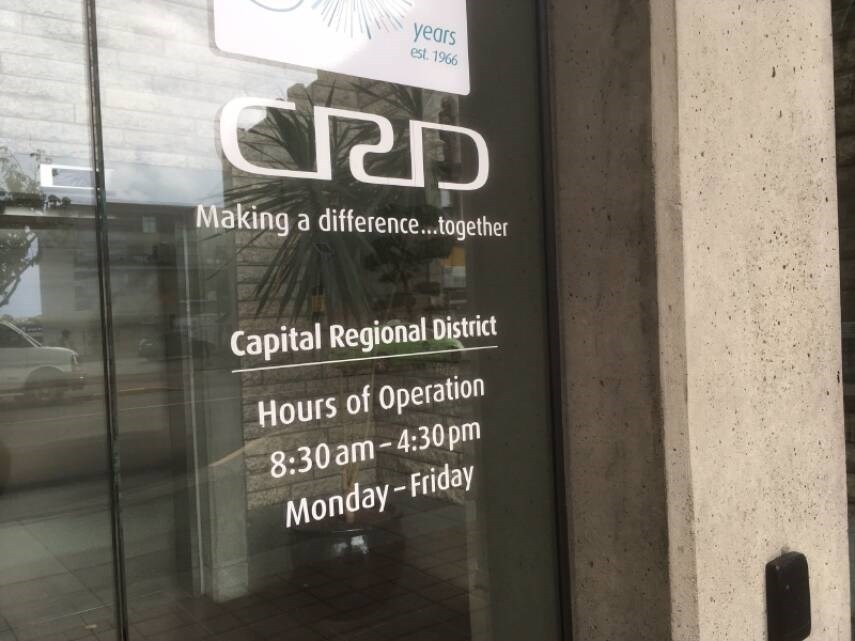Property owners in Greater Victoria face a 2.3 per cent tax increase on average next year after Capital Regional District directors voted to approve a $690-million provisional budget for 2023.
The budget includes a five per cent increase in the CRD’s operating budget and an 11.5 per cent bump in its capital expenditure budget.
CRD chair Colin Plant said it’s a prudent budget that comes in well below inflation.
“And that is something that I think we, as a board, are proud of, although I’m sure there will be some directors who would like to see us do more,” he said. “We are cognizant of the fact that residents are paying more for everything. And therefore this budget is one that will help people in these difficult times.”
In a report presented to the CRD board Wednesday, staff noted the region’s consumer price index reached 8.2 per cent in July, up from 2.5 per cent at the same time in 2021, while the cost of food has increased nine per cent and shelter for homeowners is up eight per cent and six per cent for renters.
“I think that the CRD, in its final two months, has passed a very prudent budget that will meet the needs of the residents for 2023, but also gives the board that will be coming in in a couple of months an opportunity to also consider some initiatives,” Plant added.
But it will still cost property owners in most municipalities more as they face tax increases ranging from 0.5 per cent in Colwood to four per cent on Salt Spring Island — the size of the tax bill depends on the CRD services each municipality uses. Only Oak Bay and Highlands residents will see their tax bills reduced slightly.
While the numbers may change before the final budget is approved in March of next year, the provisional budget calls for a 2.4% increase for Victoria property owners, Saanich 2.5%, View Royal 2.8%, Esquimalt 2%, Sooke 2.7%, Central Saanich 2.6%, Langford 1.4%, Metchosin 2.2%, North Saanich 1.7%, Sidney 1.2% and Juan de Fuca 3.4%.
The operating budget will swell to $329 million in 2023 from $313.4 million last year, in part because of inflation.
The $210 million capital plan, an 11.5 per cent increase over last year’s $188.8 million, includes a few big-ticket items.
Within the $46.3-million wastewater category, $34.2 million is earmarked for core wastewater service and the renewal of some pump stations. In the $73.5-million drinking water category there are infrastructure projects totalling $38.5 million for the regional water supply and $27.9 million for the Juan de Fuca water distribution service.
Plant said some of the additional costs will be offset by growth in the region.
He said the 20 per cent growth in population in the last decade means more people paying taxes in the region.
“Of course the [amount of] services has gone up, too, but there’s more people contributing. So the combination of regional growth, prudent management and the offset from the Hospital District Board requisition being zero has allowed us to maintain a budget that’s below inflation when it looks at requisition,” he said.
The Capital Regional Hospital District budget is $32.8 million for 2023, down from $33.9 million last year.
“Our hospital district requisition has been actually at zero the last few years. So that has offset our increase overall.”
aduffy@timescolonist.com



